Part of our “design your own series”, this is very much a work in progress so not every thing is really ready for public viewing, consider this as a beta test.
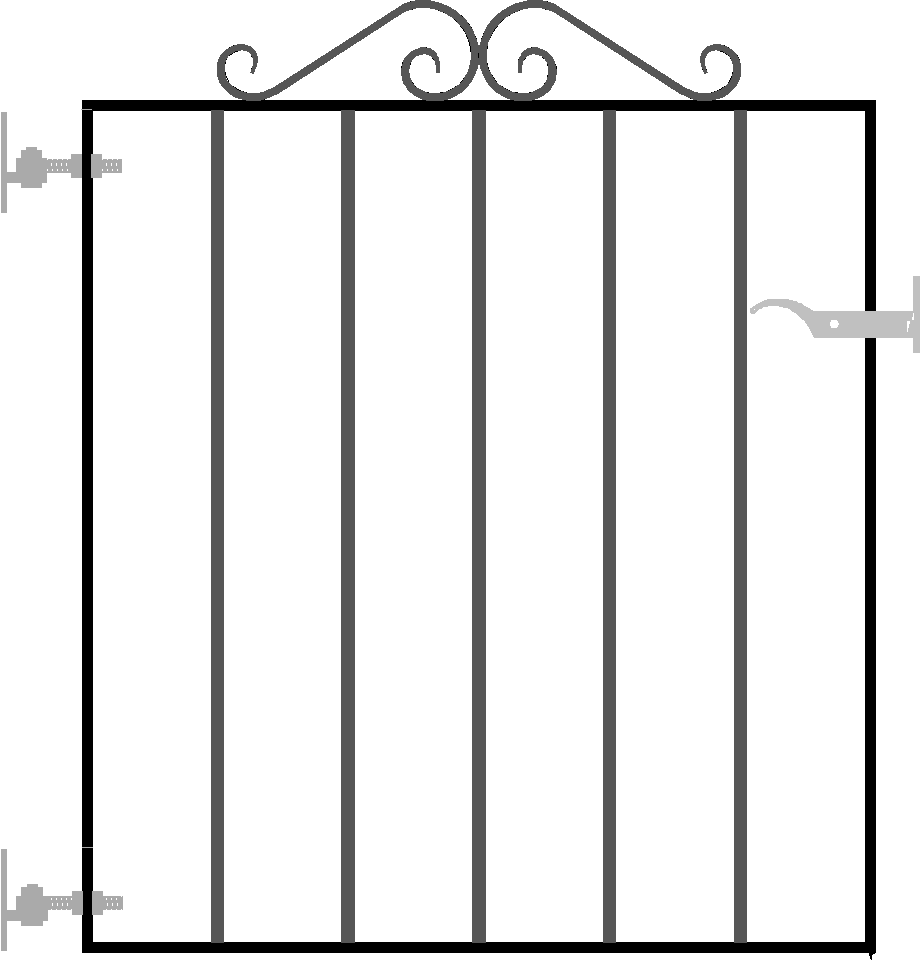
Its normal for a single gate up to about 4ft 1200mm tall to be a single rectangular frame with no centre brace bar but over 4ft tall, its usual to have a middle bar to brace the frame.. Although we say middle bar, it can “slide” down towards the bottom more or up towards the top for the purpose of the design..
Hinges are usually placed close to the corners, for the purpose of strength, so any design ideally should have the corners clear.
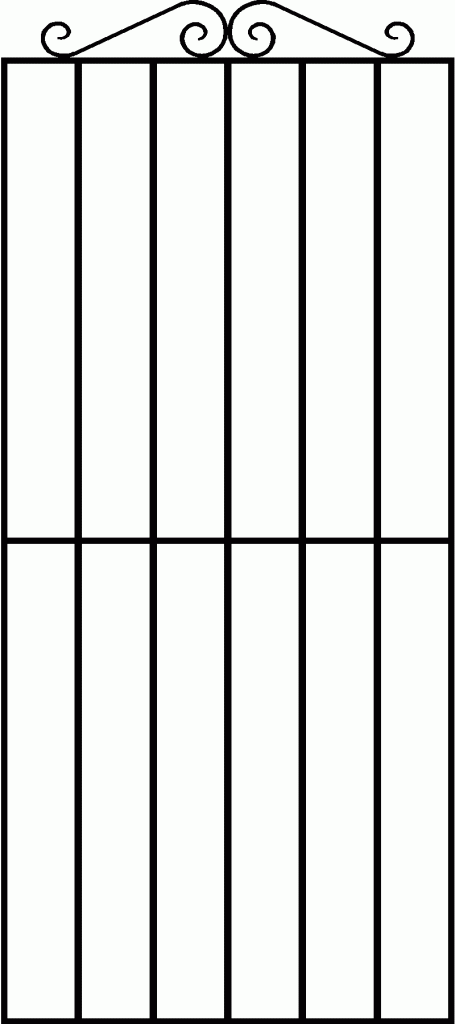
If a lock is to be fitted then, the area where the lock goes should also be clear. It requires a clear space of 160mm tall x 95mm wide. Of course the lock position in terms of height can be adjusted to suit.
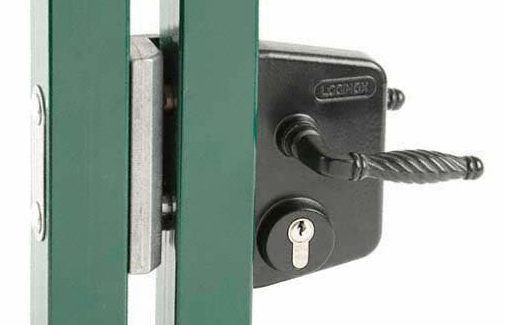
Perhaps the first consideration for design apart from the height, has to be the frame, before we mentioned gate frames being rectangular but that’s not strictly true. below are some possibilities for frame shape design, these apply to both short metal gates and taller gates.

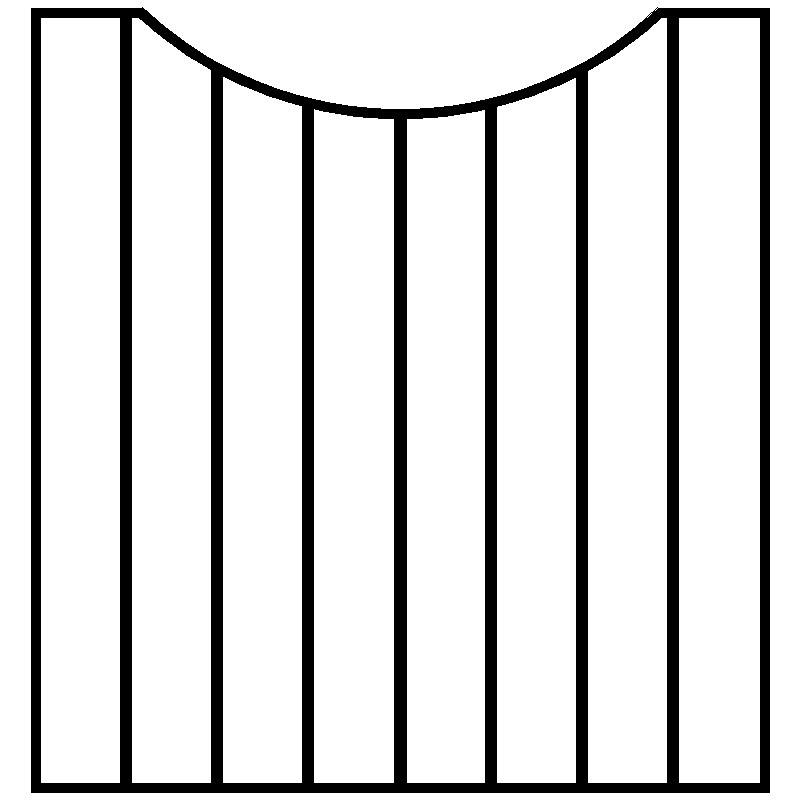
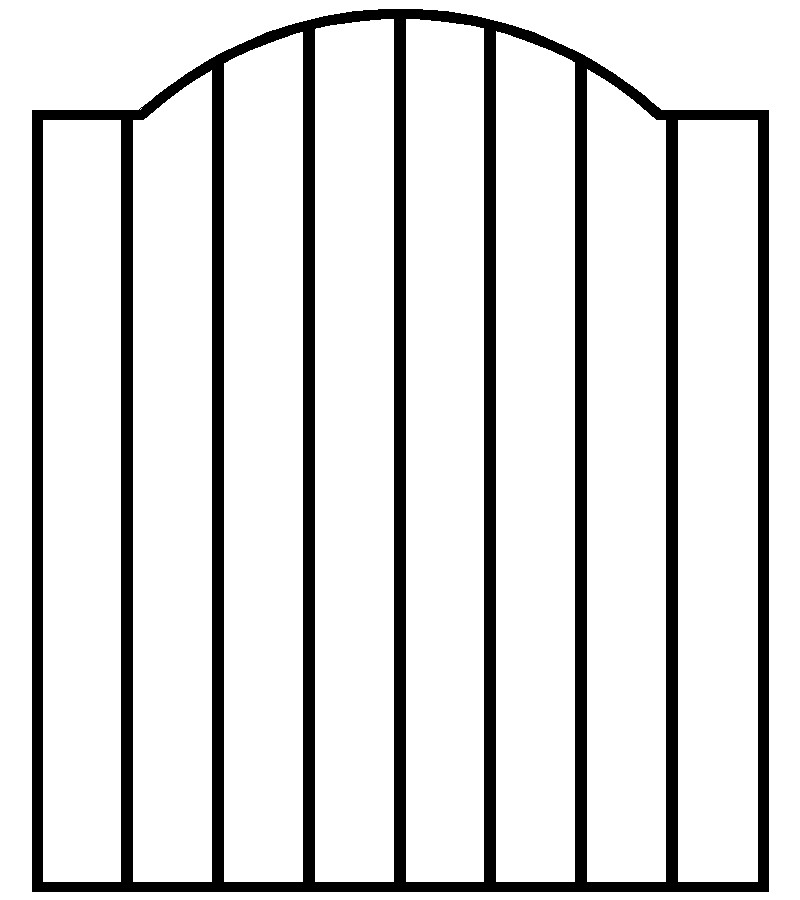


If it is a low single gate as above, you need to be sure that the bar gaps (space between bars) are small enough to suit your needs. If you need it to keep in a dog, will the dog escape through the bar gaps.. both gates drawn have 5 bars.,
A boring part, scroll down to the tool below, it does all this for you
What ever the size of the opening for the gate, its usual to take 110mm or so away to allow for hinges and catch. So a 3ft wide gate 915mm would end up with a frame that is 800mm wide, this applies to both tall or short gates..
So in order work out the gaps of a 5 upright bar gate you would need to divide it by 6. Its the gaps that your interested in not the bars, is always one more gap than there is bars. 800mm divided by 6 would give a gap of 133mm. now take away bar thickness (assuming 12mm is used here) from the gap space and the edge to edge gap between the bars would be 122mm (5 inches) or so. This is to large for a small dog., its likely to squeeze through. Trying 7 bars so that’s 8 gaps between the bars and you end up with bars at 100mm centres and an edge to edge gap between bars of 88mm, should be enough for all but the smallest dog breeds.. Remember the wider the gate, the more bars will be required to keep the gap small.
A tool to do the boring maths, enter the gate width then adjust sliders to required settings and you result will be at the bottom
In an ideal world its useful to have an odd number of bars, so you have an even number of gaps, this just allows for a centre bar to work the pattern from. SO that effectively the gate has a centre piece.
Now if you are having a tall gate there is the option of having “dog” bars. These are simply half height bars set between the full length bars, commonly now its just one bar spaced between two tall bars, but some older Victorian designs had 2 dog bars. between each full length upright bar, allowing large gaps between the main bars.. Traditionally dog bars went from bottom bar to middle bar and were usually thinner than the main bars. So if using 16mm or 20mm for main upright bars, dog bars could be 12mm. As 12mm is the minimum size we will use for uprights, if using 12mm for full length bars dog bars would need to be 12mm as well..
Having dog bars means you only want the pattern, in the top half of the gate, as the lower bars will be so close together. so beyond using twisted bars, there isn’t much you can do there, as you lack the space between bars.
Would now suggest as you have, your bar spacings worked out, its time to decide on the frame style a few choices can be found here. (opens new tab, just so you can refer back here)
Frame choice will have an effect on the “infill” part of the gate, the main design or pattern. if its a dip down or rise up, then your centre bars will be longer or shorter. That may have an effect on how the pattern locks. examples to be added here
Now to decide the pattern required in the gate, help on that part can be found here
Really now the last part of the design is the top, scrolls railing heads whatever you decide to choose, they can be found here
Hopefully by this time you should have a design in mind and a ball park figure of what it is going to cost (prices to be added to soon), now you need to make contact with us, let us know what you want and i can mail over a drawing of your own choice of gate design.